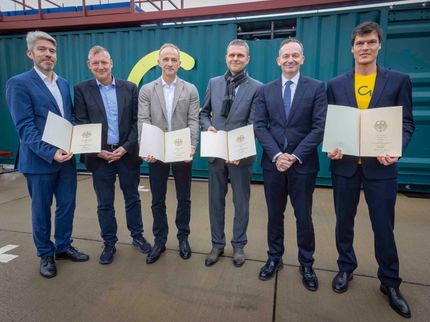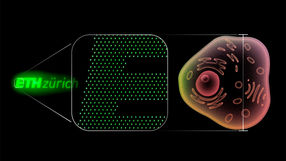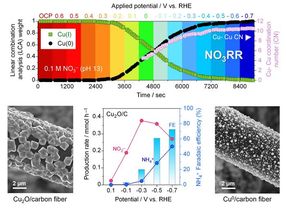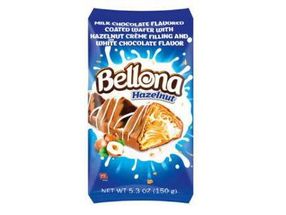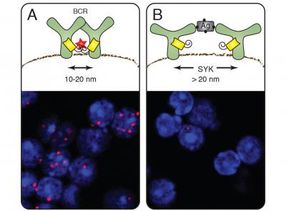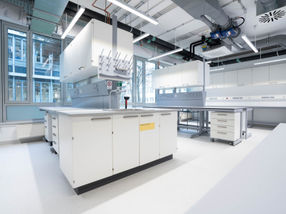Magnetic Cooling for efficient Hydrogen Liquefaction
HyLICAL partners MAGNOTHERM and HZDR launch pilot plant
Advertisement
The EU-funded HyLICAL project has reached a major milestone with the launch of Europe’s first magnetocaloric pilot plant for hydrogen liquefaction. Developed within HyLICAL by the Helmholtz-Zentrum Dresden-Rossendorf (HZDR) and start-up MAGNOTHERM, the demonstrator represents a breakthrough in sustainable, energy-efficient magnetic cooling and sets the stage for large-scale industrial application.
Dr. Tino Gottschall, scientist at HZDR’s High Magnetic Field Laboratory (HLD), has long envisioned a plant capable of producing 5,000 kilograms of liquid hydrogen per day – significantly more efficient and affordable than today’s liquefaction methods. Together with MAGNOTHERM and other HyLICAL partners, his team is now working to prove that hydrogen liquefaction based on the magnetocaloric effect can be scaled for industrial deployment.
A Strategic Partnership Driving Innovation
Since 2023, HyLICAL partners HZDR and MAGNOTHERM have worked in close collaboration, combining academic expertise and entrepreneurial innovation to advance magnetocaloric cooling technologies. “Our magnetic cooling technology represents a new type of climate-friendly and energy-efficient alternative, without compressors and environmentally harmful refrigerant gases. This will enable us to significantly accelerate the necessary climate tech transformation within the refrigeration industry,” says Timur Sirman, co-managing director of MAGNOTHERM, explaining the motivation behind the collaboration.
MAGNOTHERM opened a second facility on the Rossendorf campus in 2024 and established a joint laboratory in 2024, where HZDR scientist Dr. Tino Gottschall and MAGNOTHERM engineer Thomas Platte have built a pilot plant for hydrogen liquefaction. At its heart is a 19-tesla superconducting magnet embedded in the floor of the HLD. By comparison, modern MRI machines in medicine use magnets with a strength of 1.5 to 3 tesla. “We can now use this plant to prove the principle and how it works,” says Gottschall. The next target is to increase efficiency to produce 100 kilograms of liquid hydrogen per day to demonstrate the scalability of this technology for industrial deployment.
The Magnetocaloric Effect: How It Works
Europe's first demonstrator of a magnetically cooled hydrogen liquefaction plant is based on the magnetocaloric effect. This effect occurs when materials with certain properties – one example is the lanthanum-iron-silicon alloy (LaFeSi) – are placed in a magnetic field. Depending on the orientation of the magnetic moments, the metallic materials can cause a sudden drop or rise in temperature. Using this principle, it is possible to cool hydrogen to -253 degrees Celsius after following pre-cooling with liquid nitrogen. Once this low temperature is reached, the gas begins to liquefy. “Our method offers significant advantages for hydrogen liquefaction,” notes Gottschall. “With the MAGNOTHERM joint lab at HZDR, we aim to reduce liquefaction costs to below €1.50 per kilogram of hydrogen, compared to conventional plants.”
The launch of the pilot plant is a key step in HyLICAL’s mission to advance energy-efficient, compact hydrogen liquefaction technologies based on magnetocaloric cooling. By validating this approach at pilot scale, the project supports Europe’s ambition to produce green hydrogen more cost-effectively, reduce transport costs, and accelerate the transition to a climate-neutral energy system.
Other news from the department science
Most read news
More news from our other portals
Something is happening in the chemical industry ...
This is what true pioneering spirit looks like: Plenty of innovative start-ups are bringing fresh ideas, lifeblood and entrepreneurial spirit to change tomorrow's world for the better. Immerse yourself in the world of these young companies and take the opportunity to get in touch with the founders.




